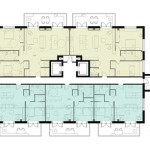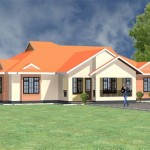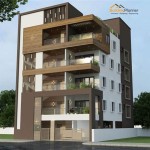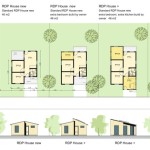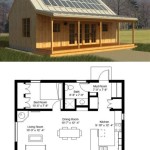Tiny House Floor Plans Free: Essential Aspects for Smart Living
Embracing the minimalist lifestyle often involves optimizing space and maximizing functionality. Tiny house floor plans offer a compact and cost-effective way to achieve this dream. With careful planning and attention to essential aspects, you can create a cozy and functional living space that meets your specific needs.
1. Space Planning and Flow
The layout of your tiny house floor plan is crucial for efficient and comfortable living. Consider the natural flow of movement and designate specific areas for different activities. Divide the space into distinct zones, ensuring smooth transitions between them, and maximize natural light by placing windows strategically.
2. Multi-Purpose Spaces
In a tiny house, every square foot counts. Incorporate multi-purpose spaces to maximize functionality. For example, a living room that doubles as a guest room with a fold-down bed or a dining table that converts into a work surface. These clever solutions create a versatile and adaptable living environment.
3. Vertical Space Utilization
Look up! Utilize vertical space by designing built-in shelves, lofts for sleeping or storage, and hanging organizers. Vertical space maximizes storage capacity and creates the illusion of more room, making your tiny house feel larger than it actually is.
4. Storage and Organization
Organization is key in a tiny house. Plan for ample storage options, including drawers, cabinets, and under-bed drawers. Utilize vertical space for shelves and consider overhead storage for seasonal items. By keeping everything organized, you can maintain a clutter-free and spacious living environment.
5. Natural Lighting and Ventilation
Maximize natural light by incorporating large windows and skylights. Not only does natural light brighten the space, but it also reduces energy consumption. Ensure proper ventilation to maintain air quality and prevent moisture build-up. Consider a combination of windows, fans, and vents to create a comfortable and healthy living space.
6. Energy Efficiency
Tiny houses are often designed with energy efficiency in mind. Choose energy-efficient appliances, fixtures, and building materials. Consider solar panels, rainwater collection systems, and cross-ventilation techniques to reduce utility consumption and environmental impact.
7. Comfort and Accessibility
Despite its compact size, a tiny house should provide a comfortable and accessible living space. Plan for appropriate furniture and seating, ensuring ergonomic design and ease of movement. Consider accessibility features such as grab bars, ramps, and wider doorways if necessary.
8. Personalization and Style
Your tiny house should reflect your personality and style. Choose colors, materials, and finishes that create a welcoming and inviting atmosphere. Incorporate personal touches, such as artwork, plants, and comfortable textiles, to make your tiny house a true home.
Conclusion
Creating a functional and cozy tiny house requires careful planning and attention to essential aspects. By incorporating space optimization, multi-purpose spaces, vertical space utilization, storage and organization, natural lighting and ventilation, energy efficiency, comfort and accessibility, and personalization, you can design a tiny house floor plan that meets your specific needs and aspirations.

27 Adorable Free Tiny House Floor Plans Craft Mart

Tiny House Floor Plans 32 Home On Wheels Design

27 Adorable Free Tiny House Floor Plans Small

Custom 638 75 Sq Ft Tiny House Plan 1 Bedroom Amp Bathroom With Free Cad File

Free Tiny House Building Plans Marjolein In Het Klein

Tiny House Plan Examples

Free Shed Tiny House Floor Plan Release

Custom Granny S Tiny House Plans 24 X27 1 Bed Pool Small Floor

Free Tumbleweed Diy Tiny House Plans Houses

Tiny Project House Floor Plans Construction Sketchup

